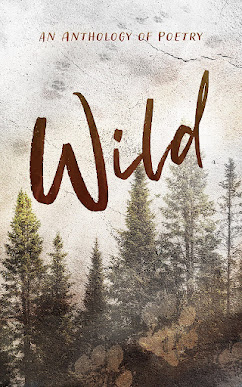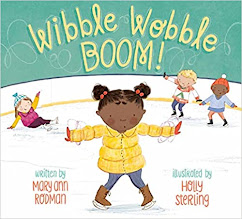In my MFA classes, I am constantly asked about voice.
What is it, how to find it, how to make it stand out, and how to make it
unique, and what is an "authentic" voice.
On one hand, a writer’s “voice” refers to the rhetorical
blend of word choice, tone, point of view, and syntax that create phrases,
sentences, and paragraphs to flow in a particular manner. This voice comes
through in two main ways: through omniscient narration or through
the character’s point of view. For example, Tony Morrison and Nathaniel
Hawthorne tell their stories through an omniscient third person narration.
However, both authors have a unique voice, set by the tone, word choice, organization
of paragraphs and chapters, and pacing that set each novel apart.
A writer’s voice often refers to the overall theme expressed
within the pages of a novel, highlighting the book’s mood and worldview. For
example, in discussing the books of Margaret Atwood, readers might note themes,
character types and writing style that demonstrate a distinctive
voice even as it transcends individual works.
On the other hand, a character’s voice is the unique tone a
writer imbues upon different characters. It encompasses the language and syntax
of the character, their personal worldview, and often comes wrapped in an
accent that relates to the setting and status. For example, a novel’s main
character might be affable and loquacious so much so that words spill from
their mouth to the annoyance of the other characters. Or, perhaps a
novel’s main character suffers from PTSD and is full of youthful angst and quirky
observations. Or perhaps a character is self-effacing. Or perhaps the character
is a gentle giant, at once friendly and fierce-looking.
The challenge becomes when the writer’s voice becomes so
intrusive that a character fades into the shadows. When the writer takes
centerstage, the story is lost.
Two books I’ve enjoyed recently excel in reflecting both a
writer’s voice and a character’s voice. The challenge in writing
historical fiction is, given the depiction of another time and place, the
writer needs to keep the voice authentic yet accessible to the modern reader.
Too much of an accent and the character is reduced to a stereotype. But too
much of a modern sensibility and the story feels inauthentic. And if
the story takes place in ancient times, the challenge becomes all the more
interesting.
I’ve really enjoyed Bernard Cornwell’s The Last Kingdom (2004).
The story takes place during the nineth century, using first person POV. Uhtred
of Bebbanburg, the son of a Saxon noble, recounts his kidnapping by Danish
Vikings to find a home with a powerful warlord and ultimately embraces Viking
traditions. As a young man, he is torn between his Viking family and the
growing conflict with King Alfred of Wessex. His primary motivation becomes
reclaiming his ancestral land and his inheritance. Cornwell navigates the
clashing of two cultures and worldviews through the perspective of one caught
in the middle. The tension is palatable. Destiny is all.
Kerry Madden-Lunsford’s book, Werewolf Hamlet (2025),
is another great study in first person POV. Not really a historical
fiction, the connection to history offers an interesting juxtaposition. No one
has a more timeless, spirited voice than Shakespeare. Unless it’s a werewolf
citing Hamlet.
Ten-year-old Angus navigates a family in crisis. The setting
of Los Angeles sets the stage for a clashing of two worlds: the gritty world of
drugs against the glamorous world of the rich and famous. Here, the world
of make-believe, in which Iron Man breaks up dueling Spider-Mans, Princess Leia
drinks a smoothie and Charlie Chaplin waddles along the street, collides
with reality. About to lose their home, the family struggles as Liam, the older
brother, spirals out of control because of substance abuse and addiction. To
cope with his anxiety, Angus speaks to Hollywood’s legendary icons, Charlie
Chaplin, Harry Houdini and Buster Keaton. First person POV is further explored
in chapters set apart, much like reading a script for a play, depicting
conversations with Liam and revealing Angus' anger and fear for his
brother. He flings Shakespearean insults at his older brother: "Thou
art a ragged wart!"
For his fifth-grade project, Angus decides to write a play,
Werewolf Hamlet, in which Hamlet turns into a werewolf whenever he becomes
enraged. A deft blend of humor and poignancy, the book explores the devasting
effects of addiction on a family and the resulting strained relationships but
who are ultimately connected by love.
The book includes a letter from the author that offers
insights into why she wrote the book. For another interesting interview on her
writing process and why Kerry wrote this book, see this interview with Teaching
Books: https://forum.teachingbooks.net/2025/02/guest-blogger-kerry-madden-lunsford/
For more information, check out Kerry's website: https://www.kerrymadden.com/
Also, if you’re interested in taking a deep dive into Voice
and Viewpoint, check out this Webinar hosted by Lorin Oberweger and Free
Expressions: https://www.free-expressions.com/registration/p/october2-9-marriage-that-makes
Thank you for reading!
-- Bobbi













































